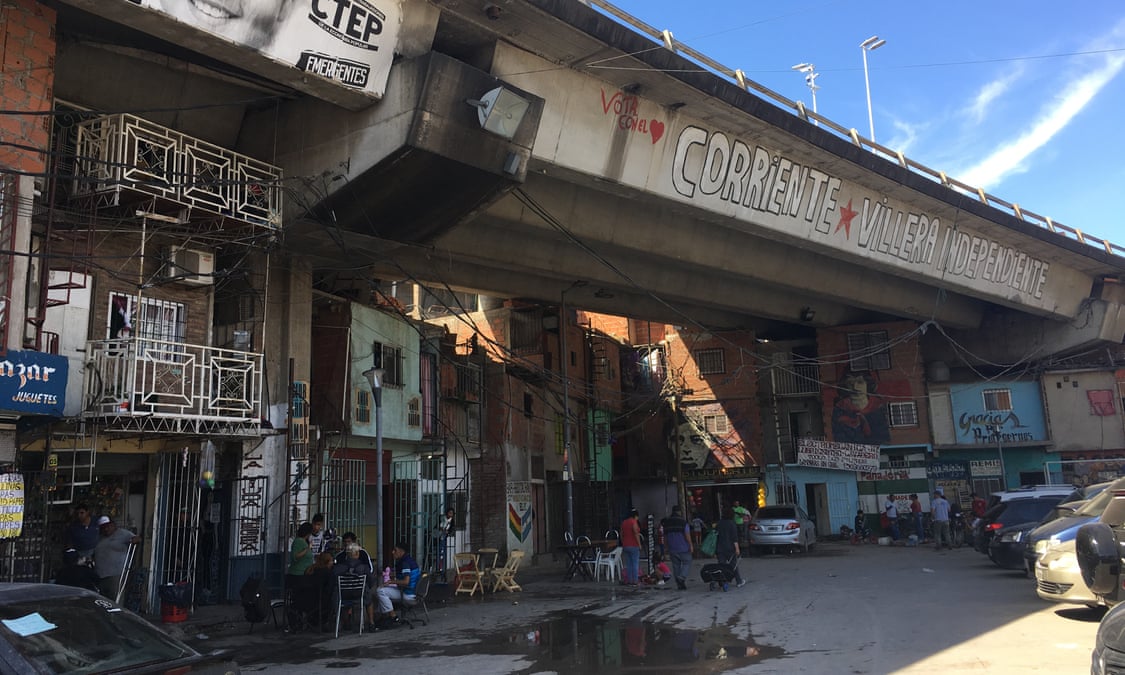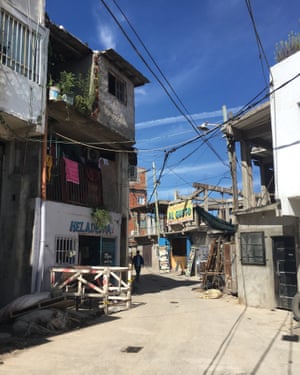- UID
- 20
- Online time
- Hours
- Posts
- Reg time
- 24-8-2017
- Last login
- 1-1-1970
|
|
━━━━━━━━━━━━━━━━━
Turning Villa 31 into abarriowill bring greater stability and prosperity, say city authorities, but the plan is stirring deep resentments about ownership and identity.

Villa 31, home to more than 40,000 people but still in the grip of organised crime gangs and associated with poverty and violence. Photograph: Luisa Rollenhagen
▼ For many Argentinians, especially those from Buenos Aires, Villa 31 is a household name. It is the most famous – and notorious – slum in Buenos Aires, synonymous with poverty and violence (it has the second- highest murder ratein the city), and with thenarcotráficantes(organised drug gangs) andpaco, a cocaine paste that destroys communities in Argentina.
As inflation climbed to 55% last year and the national poverty rate crept to 32%, the neighbourhood lurched further into the grip of gangs, such as the Sampedranos. Murder stories from the villa dominate headlines, the most recent one being the discovery of a woman’s dismembered corpse in March.
Driving along the elevated Illia highway that hugs the port, the view of densely packed shacks of corrugated sheet metal, wood and scavenged bricks stretches out in either direction. Thisvilla de emergencia(orvilla miseriaas slums and shantytowns are known in Argentina) is home to more than 40,000 people.Of course it’s reasonable that some people will be fearful. It’s a very profound change
Diego Fernández
Like most villas, 31 isn’t connected to an official power grid (cables hang across the settlement, illegally tapping electricity from nearby power lines), there are almost no paved roads, and no official sewage system or running water. When it rains heavily, the labyrinthine alleys turn into muddy, smelly canals. Emergency vehicles can’t squeeze through the narrow streets, and the neighbourhood is so packed with resident-built homes stacked on top of each other that the streets resemble a game of Jenga.
Out of necessity, it has developed a parallel economy, with housing, commerce and many social services being handled internally.
But a plan by the government of Buenos Aires aims to change all this, and to bring this maligned neighbourhood in from the cold. Its ambitious, $250m urbanisation project aims to transform Villa 31 into abarrio, an official neighbourhood, called Barrio 31 or the Barrio Padre Carlos Mugica, and integrate it into the city’s service infrastructure – and charge people for utilities.

Cables are draped over streets in Villa 31 to tap into nearby power lines, as it isn’t connected to the city’s official power grid. Photograph: Luisa Rollenhagen
The scheme will draw up property titles for the thousands of unregistered homes and parcels of land, and move a number of residents to 1,200 “improved” homes. There will be new schools, a medical centre, a new branch of the education ministry and an elevated park-bridge reminiscent of the high line in New York. The infrastructure projects are scheduled to finish this month.
But many in the neighbourhood cannot shake a deep mistrust toward the government that has been fed by decades of neglect, discrimination, and multiple attempts to eradicate the villas and displace their inhabitants. (▪ ▪ ▪)
► Please, continue reading this article here: Source |
|